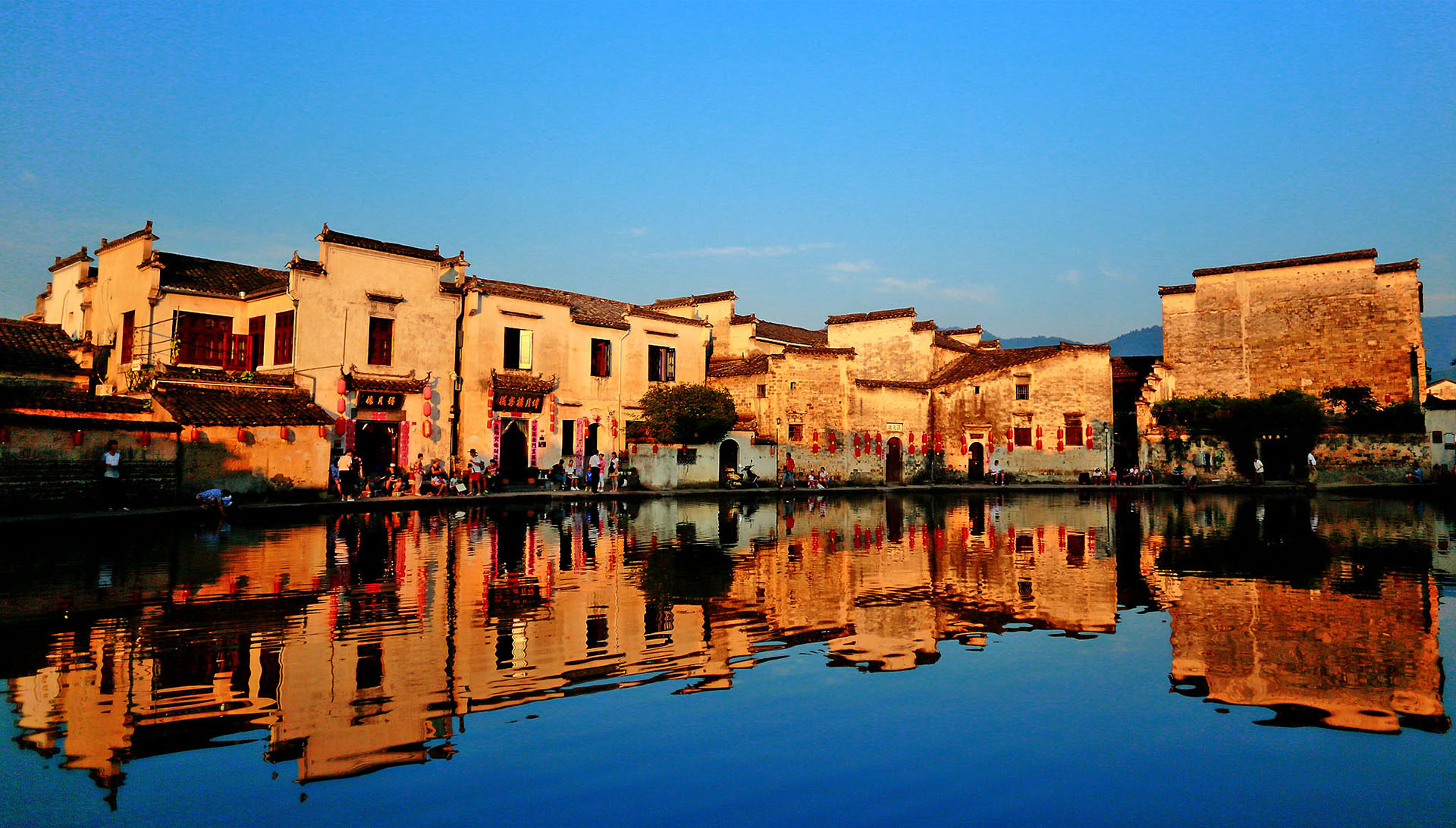The Cultural Significance Of Fengyicun Architecture
Share
Fengyicun, a picturesque village located in the Huangshan region of China, is renowned for its unique architectural style that reflects the rich cultural heritage of the area. This article explores the significance of Fengyicun architecture, its historical context, and its role in contemporary society.

Historical Context
Fengyicun's architecture dates back to the Ming and Qing dynasties, a period marked by significant cultural and economic development in China. The village's buildings are characterized by their intricate wooden carvings, whitewashed walls, and black-tiled roofs, which are not only aesthetically pleasing but also functional, designed to withstand the region's seasonal rains.
The architectural style of Fengyicun is deeply intertwined with the local culture, reflecting the values and beliefs of its inhabitants. The layout of the village, with its narrow alleys and courtyards, promotes community interaction and social cohesion, which are vital aspects of traditional Chinese life.

Architectural Features
1. Materials and Techniques
The primary materials used in Fengyicun's architecture are locally sourced wood and stone. The construction techniques have been passed down through generations, showcasing the craftsmanship and skills of local artisans. The use of timber not only provides durability but also allows for intricate carvings that depict scenes from nature, folklore, and daily life.
2. Design and Layout
Fengyicun's design is a testament to the principles of Feng Shui, which emphasizes harmony between humans and their environment. The village is arranged in a way that promotes natural light and ventilation, creating a comfortable living space for its residents. The central courtyard serves as a communal area, fostering a sense of belonging and community spirit.
3. Symbolism in Architecture
Every element of Fengyicun's architecture carries symbolic meaning. For instance, the use of certain motifs in carvings can represent prosperity, health, and happiness. The architecture serves not only as shelter but also as a medium for storytelling, preserving the cultural narratives of the community.
Cultural Significance
1. Preservation of Heritage
Fengyicun architecture plays a crucial role in preserving the cultural heritage of the region. The village has been recognized as a UNESCO World Heritage Site, highlighting the importance of maintaining its architectural integrity. Efforts to restore and protect these buildings ensure that future generations can appreciate and learn from their history.
2. Tourism and Economic Impact
The unique architectural style of Fengyicun attracts tourists from around the world, contributing to the local economy. Visitors are drawn to the village not only for its beauty but also for the opportunity to experience traditional Chinese culture. This influx of tourism has led to the development of local businesses, providing employment opportunities for residents.
3. Cultural Identity
Fengyicun's architecture is a source of pride for its inhabitants, representing their cultural identity and historical roots. The preservation of traditional building styles fosters a sense of belonging and continuity, allowing residents to connect with their ancestors and maintain their cultural practices.
Best Time to Visit Fengyicun
The ideal time to visit Fengyicun is during the spring (March to May) and autumn (September to November) months. During these seasons, the weather is mild, and the natural scenery is at its most beautiful, with blooming flowers in spring and vibrant foliage in autumn.
Weather Information
- Spring: Average temperatures range from 10°C to 20°C (50°F to 68°F), making it perfect for outdoor exploration.
- Autumn: Average temperatures range from 15°C to 25°C (59°F to 77°F), ideal for enjoying the picturesque landscapes.
Key Attractions and Activities
While visiting Fengyicun, there are several attractions and activities to engage in:
1. Architectural Tours
Take guided tours to learn about the history and significance of the village's architecture. Knowledgeable guides can provide insights into the intricate designs and the stories behind them.
2. Cultural Workshops
Participate in workshops that showcase traditional crafts, such as wood carving and calligraphy. These experiences allow visitors to connect with the local culture on a deeper level.
3. Nature Walks
Explore the surrounding landscapes through scenic walks and hikes. The natural beauty of the Huangshan region complements the architectural charm of Fengyicun, offering breathtaking views.
4. Local Cuisine
Savor the flavors of traditional Anhui cuisine at local eateries. Dishes are often prepared using age-old recipes, providing a taste of the region's culinary heritage.
Getting There
Fengyicun is accessible via public transportation from major cities like Huangshan and Tunxi. The nearest airport is Huangshan Tunxi International Airport, which connects to several domestic destinations.
For a seamless travel experience, consider booking your flights and accommodations in advance. Here are some useful links for your travel planning:
- Hotels & Flights: Book Here
- Transfers: Book Transfers
Conclusion
Fengyicun's architecture is more than just a collection of buildings; it is a living testament to the cultural heritage of the region. By visiting this enchanting village, you not only witness the beauty of traditional Chinese architecture but also engage with the stories and traditions that have shaped its community. Whether you are an architecture enthusiast, a history buff, or simply seeking a unique travel experience, Fengyicun offers a captivating glimpse into the past, inviting you to appreciate the artistry and significance of its architectural landscape.



